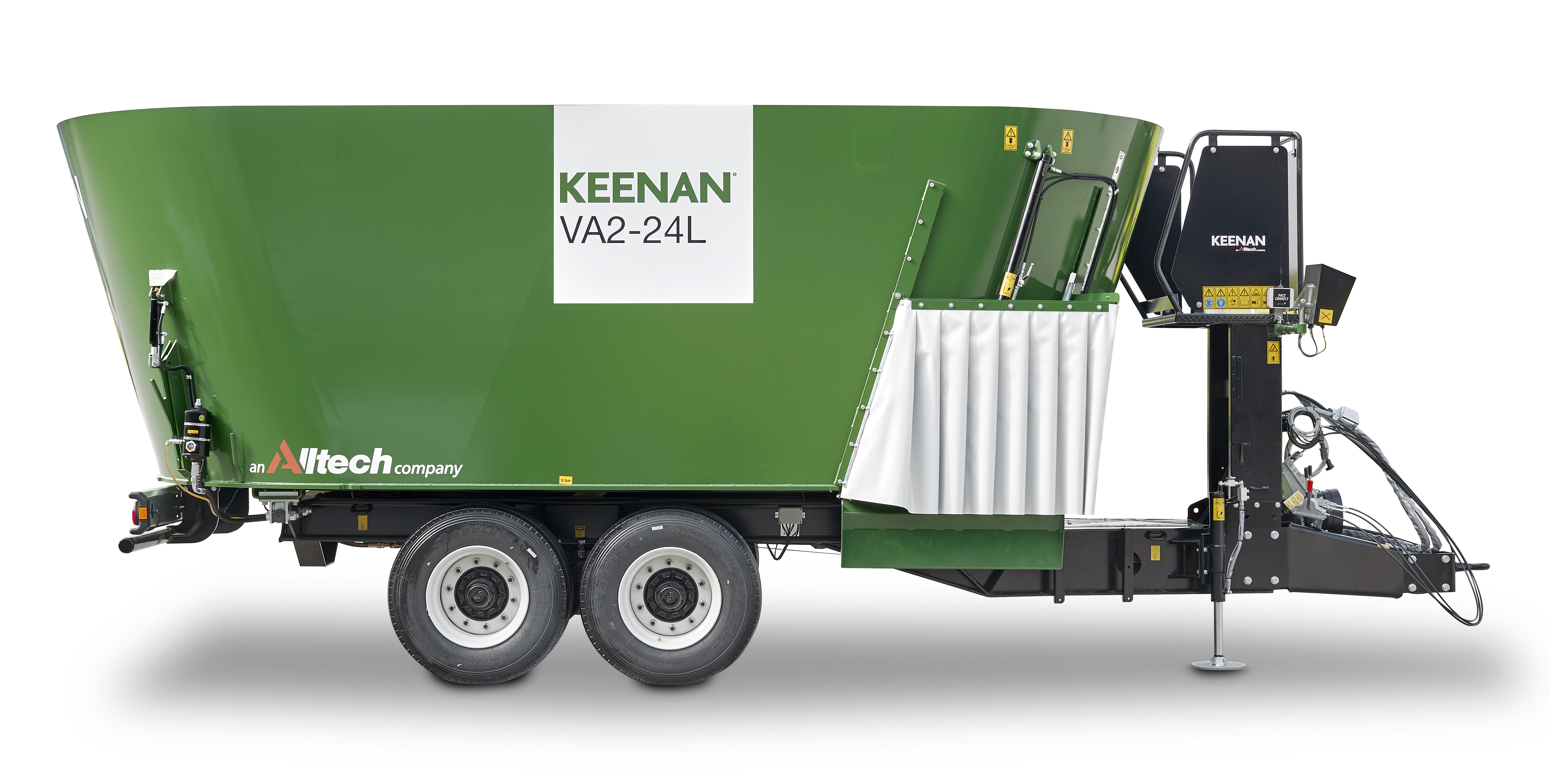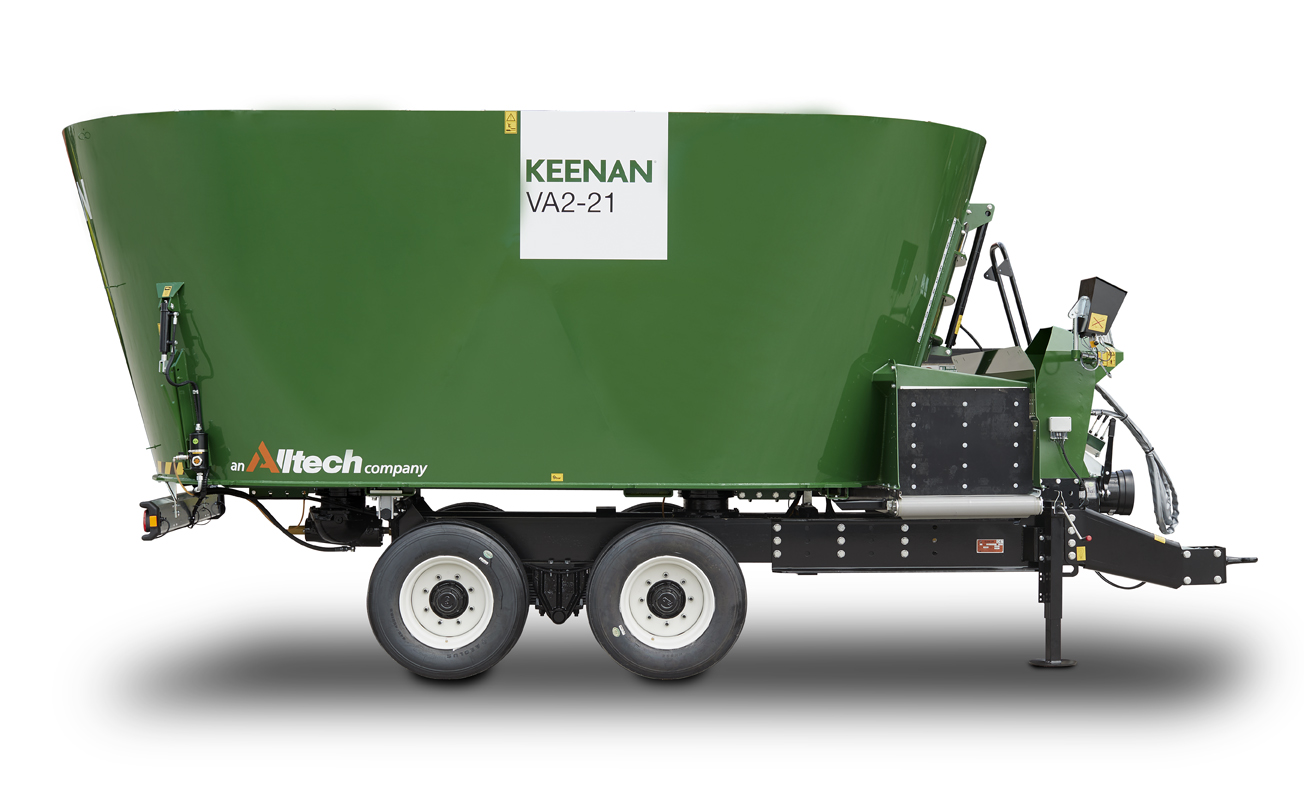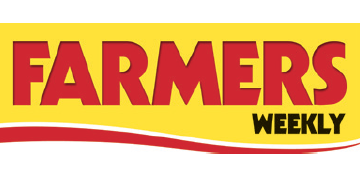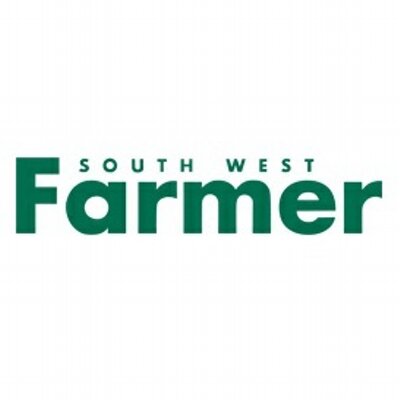KEENAN VA2-24L
The KEENAN VA2-24L is the longer option in the KEENAN VA 24m3 range of machines. The KEENAN VA2-24L is mounted on a heavyduty chassis and features a robust gear box. This machine has a lower profile than the VA2-24S, giving the ability to be used on farms with height restrictions.






















